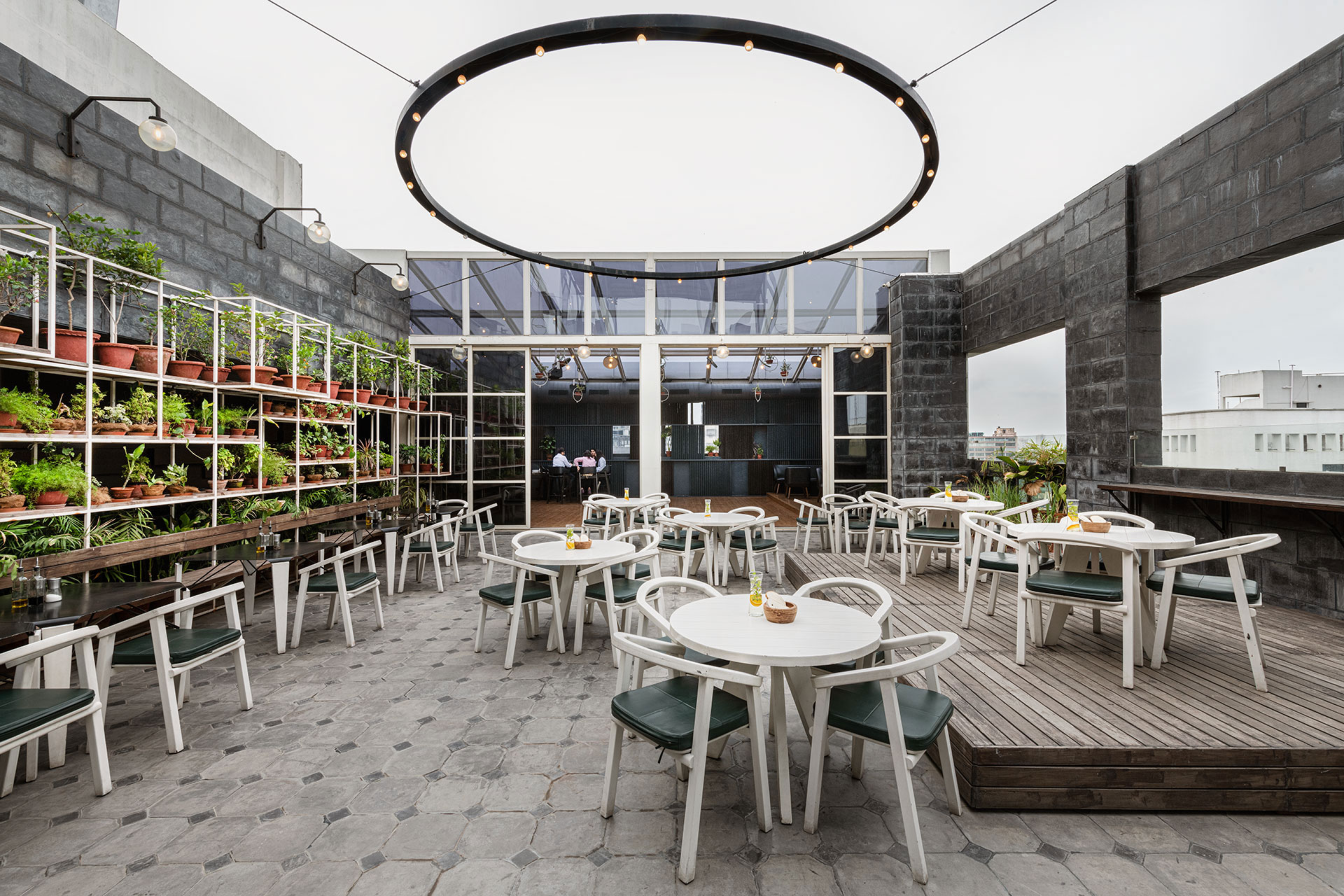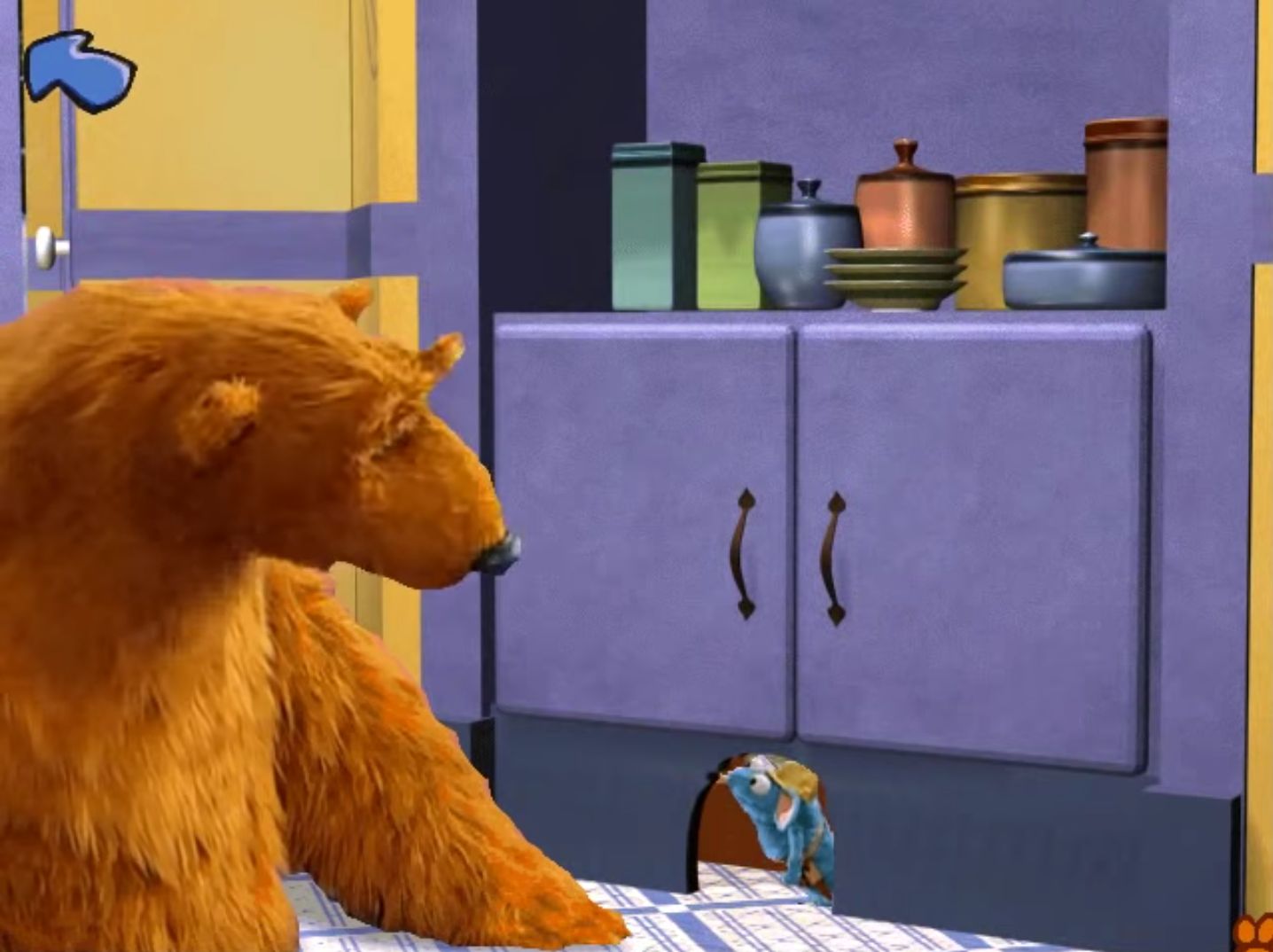Table Of Content
Our fruit tree installation services ensure your fruit trees are planted correctly the first time by our professionals. Apply a generous bead of silicone in the metal tray along the holes where the rods come up. You want to make it watertight so there are no leaks when watering your plants. After the silicone has fully dried, line the metal catch tray with stones for a decorative touch. Apply your organic stain with a brush before you install the front and back top faces (D) and the plant supports (E) with threaded rods. Transfer the arrangement of the four threaded rod holes so that they are centered on the metal try.
Herb Garden Design for Small Spaces

With these tips in mind, you can design a basic herb garden layout that suits your needs and preferences. Sure, you could use traditional flower pots for your herb gardening, but there are many other garden ideas that you could try. You could create an indoor garden by hanging a windowsill herb garden outside of your kitchen window. Or you could try growing herbs indoors by mounting a hanging herb garden. Hook small pots to a rack or obelisk that you place in a corner or near a window.
Cut circles for pot supports

Two long beds offer plenty of space to grow a bevy of herbs behind cedar plank walls. Meanwhile, a lattice backing adds grandeur, decoration, and a place for vining plants to grow. One way to make the most of a small herb garden is by growing herbs in containers. Containers can be placed on balconies, patios, or even windowsills, giving urban gardeners the opportunity to grow herbs in limited spaces.
Organic Edible Garden
Fruit, Vegetable, & Herb Garden Growing Tips - Southern Living
Fruit, Vegetable, & Herb Garden Growing Tips.
Posted: Thu, 01 Jun 2023 20:51:06 GMT [source]
For instance, if you want to include a veg patch, this will require general upkeep throughout the seasons. While if you'd like to include a beautiful rose garden, you'll need to ensure that you're happy to prune them when needed. Whether you want to know how to design a garden yourself or with help from a horticultural expert or landscaper, ensuring you plan out your plot, big or small, will help your space succeed.
Unfortunately, the most important parts, which need finishing first, are usually the most costly. These include building retaining walls, steps and ramps, boundaries, patios and terraces, and paths. Semi-mature specimen plants to screen nosy neighbors are also costly. Tempting as it may be, leave design details such as ornamental planting, pots and furniture until after the bones of the garden have been completed.
Pallet garden wall ideas can also be a brilliant option as they will give you more space for your herb garden, allowing you to grow larger plants. Aromatic herbs bring a delightful twist to any herb garden design. Not only are they pleasing to the eye, but they also add a fragrant element that enhances the overall experience of your garden. Whether you're a seasoned gardener or just starting out, incorporating aromatic herbs into your design can create an enchanting space that stimulates the senses.
Get started with
Not only do they add an element of height and dimension to your garden, but they also provide better drainage and soil quality for your herbs. With raised beds, you'll have more control over the soil composition, making it easier to create the ideal growing conditions for your favorite herbs. Designing a basic herb garden layout is an achievable and rewarding project for beginners, bringing fresh flavors and natural remedies to your home. It’s essential to choose the right herbs that suit your environment and provide them with the right amount of sunlight and space to grow. Improving soil drainage and considering container gardening can also help ensure a healthy crop.
16 Backyard Vegetable Garden Ideas for Beginners Architectural Digest - Architectural Digest
16 Backyard Vegetable Garden Ideas for Beginners Architectural Digest.
Posted: Fri, 29 Apr 2022 07:00:00 GMT [source]
And that makes tips and tricks less important than just general advice and quick explanations of those quirks, so that’s what we’ll focus on for this beginner’s guide. Statements in the brief should always be measurable (this is essential when working with others) and specific, to avoid ambiguity. For example, ‘formal dining space for six people with shade overhead between June and September’ is far better than ‘space to sit and dine with friends’. Note that parts of the brief might change, but you still need one, otherwise the project will lack clarity and inevitably cost more than planned. If you're considering including an outdoor living space, you'll need to take care of any garden furniture and soft furnishings within it to ensure it lasts throughout the seasons.
When starting an herb garden, it is important to consider the sunlight requirements of the herbs you choose to grow. Some popular sun-loving herbs include basil, echinacea, oregano, stevia, lavender, and thyme, which thrive in a warm, sunny spot that receives 6-8 hours of direct sunlight per day. These herbs not only add flavor to your meals but also have various medicinal properties. When starting an herb garden, it’s best to begin with a few herbs and expand over time as you gain experience. Research the specific growing requirements for each herb, including the amount of sunlight, water, and space needed. Herbs that require similar growing conditions can be planted together to optimize space and resources.
Other creative planter options include using a wheelbarrow, an old grill, a vintage dresser, or a bourbon barrel cut in half. Also be on the lookout for varieties with unusual textures and forms. For example, ‘Berggarten’ sage has broad, velvety gray-green leaves that give it a luminous presence in an herb garden. Do you find yourself always chasing the sunlight in your backyard? Just put your herbs on wheels and move your garden to meet the sun.
Try planting a good herb selection among herbaceous plants in a mixed border. Tall architectural herbs like fennel work well at the back, while thyme, chives, and parsley are best at the front of a border. Look at the space you have available and decide on the herbs you are most likely to use. If you have just a few pots on a sunny patio, your choice of herbs will differ from someone planning a larger herb garden.
These farming methods, grounded in a land ethic, remediate the environmental damage caused by the monocropping of corn and soybeans. Here are crops that enhance our soil, nurture pollinators and songbirds, rebuild rural economies, protect our water, and grow plentifully without toxic chemicals. These ingredients are as good for the planet as they are on our plates.
This design would be perfect next to a small seating area where your guests could wander along the walkways admiring your garden crops along the way. Plant taller herbs in the center of each square and add in a few edible flowers for maximum interest. If you design your small herb garden with access in mind, you won’t have to reach around taller plants to reach smaller ones. Use unique containers to provide color and interest in the herb garden. This pretty design is also very flexible, allowing you to bring individual herb pots indoors while cooking or switch out different flowers and herbs depending on the season. Smaller plants line the front of each section, and the coriander and parsley is completely separated.
Understanding basic gardening terminology, such as perennial and annual plants, will also be helpful when starting an herb garden. This is a different take on our earlier idea to turn a wine box into a planter, but this time around, you simply attach sections of rope so you can hang it up. It's a great space-saving idea for indoors and out if you're looking for compact herb garden ideas. Companion planting is another aspect to consider when designing your herb garden. For instance, planting basil near tomatoes can help repel pests and improve the flavor of the tomatoes.
A wooden wine box is just the right size and shape for a small-space kitchen garden for anyone who loves to cook and entertain. To get started, source your crate from a local wine store, winery, or restaurant. Don’t let the simplicity fool you—it takes skill to pull off this beautiful yet subdued cedar wall planter. If you aren't able to find the exact cultivars listed above, substitute with others that have similar colors, shapes, and sizes. And because some plants can become overly aggressive and spread out of control in certain climates, always check which species are considered invasive in your area before planting. For example, fennel is problematic in many coastal areas of the country, but cutting off flower clusters before seeds ripen helps keep it contained.















